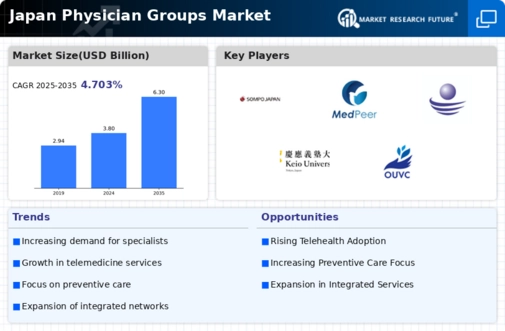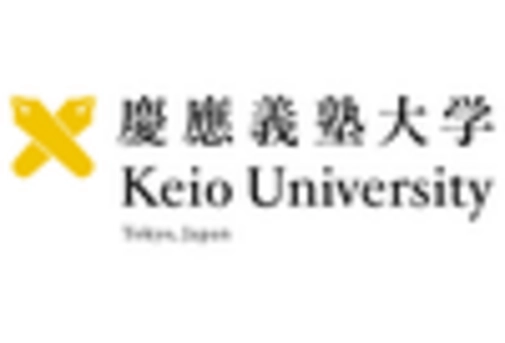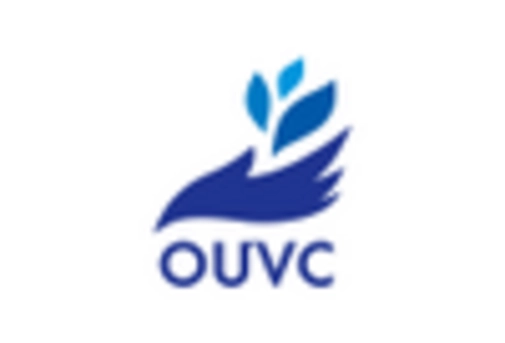The Japan Physician Groups Market is characterized by a dynamic landscape where various entities compete to provide healthcare services to a growing population. This market features a complex interplay between traditional healthcare practices and innovative approaches meant to enhance patient care and streamline operations. As the demand for efficient medical services increases, physician groups in Japan are evolving to address the unique healthcare needs of the population. Key players adopt distinct strategies to differentiate themselves, leading to an intriguing competitive environment. Factors influencing market dynamics include technological advancements, changing healthcare policies, and a shift towards value-based care.
Each organization within this sphere navigates these challenges while aiming to improve clinical outcomes and patient satisfaction.
The Japan Medical Association plays a crucial role in the Japan Physician Groups Market, serving as a prominent representative body for physicians across the nation. Its established reputation bolsters its influence, allowing it to advocate effectively for member interests and improve healthcare standards in Japan. The association provides a robust network that fosters collaboration among healthcare professionals, encouraging continuous education and professional development. It is well-regarded for its contributions to medical research, public health initiatives, and policy recommendations, positioning it as a thought leader in the industry.
The broad support and resources offered by the Japan Medical Association enhances the capabilities of physician groups, enabling them to deliver quality care and navigate the complexities of the evolving healthcare landscape.
M3 operates as a significant player within the Japan Physician Groups Market, offering diverse medical services and technologies tailored to meet the specific needs of the healthcare sector in Japan. The company specializes in providing a comprehensive platform that connects physicians, medical institutions, and pharmaceutical companies, facilitating effective communication and resource sharing. M3's strengths lie in its data-driven solutions and advanced digital tools that enhance clinical decision-making and streamline operational efficiency. The company's strong market presence is bolstered through strategic partnerships, mergers, and acquisitions, enabling it to expand its portfolio and strengthen its position within the industry.
By integrating innovative solutions into its services, M3 continues to empower healthcare professionals across Japan, encouraging enhanced patient outcomes and operational performance within the physician groups market.
















Leave a Comment